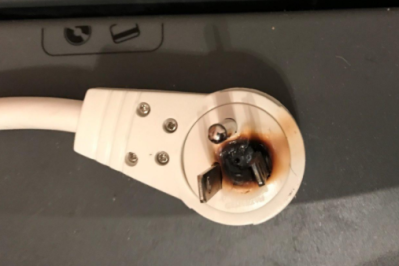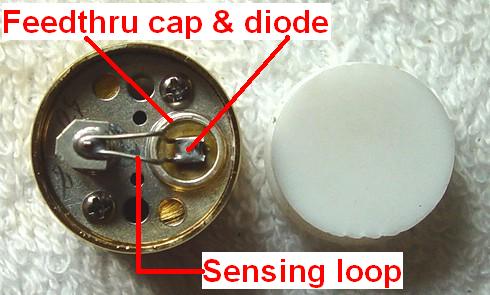When [Odin917’s] parents went away on vacation, they took the apartment mailbox key with them. With the mail quickly piling up in the mailbox, he needed to get in there. He could have had the building super replace the lock, for a fee of course. Instead he had his parents email a photo of the key, which he used to 3D print his own copy.
Using a photograph as a template for a 3D printed copy is nothing new. We’ve covered it in-depth right here. However, this is the first time we’ve seen the technique put to use for good – in this case avoiding a hefty lock replacement fee.
He did his modeling in Autodesk’s free Fusion 360 CAD software. He then printed it out, and the box didn’t open. It took three revisions before the perfect key popped out of the printer. This particular mailbox uses a 4 pin tumbler, which makes it a bit less forgiving than other mailbox locks we’ve seen.
Admittedly this isn’t [Odin917’s] first time working with locks. Back in 2013, he submitted a parametric bump key model to Thingiverse.
Picking locks isn’t just for getting the mail. Locksport is a popular pastime for hardware hackers.



















